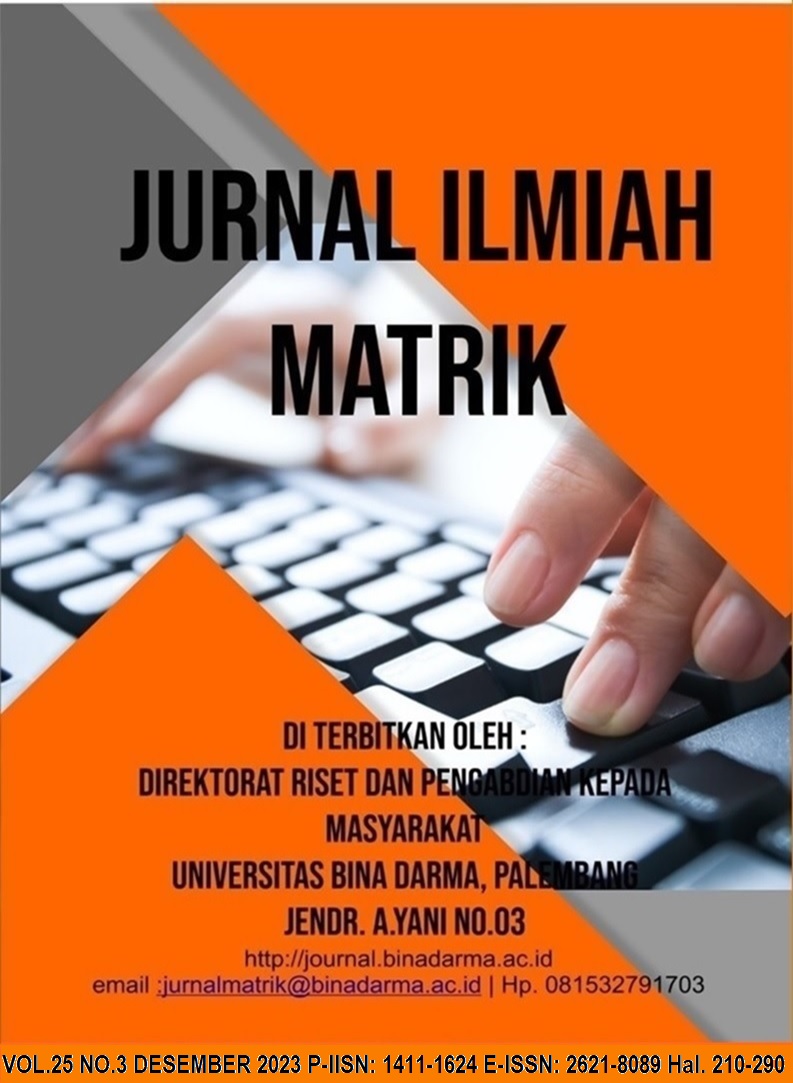Prediksi Jangka Pendek Harga Bahan Pokok Dki Jakarta Menggunakan Metode Weighted Exponential Moving Average
DOI:
https://doi.org/10.33557/jurnalmatrik.v25i3.2575Keywords:
Staple Commodities, WEMA, MAPEAbstract
Weighted Exponential Moving Average (WEMA) is a new method that combines WMA and EMA, predicting data based on the future and calculating the value of the data weighting factor over time. Commodities are goods that can be sold freely in the market, one of which is staple food to meet daily needs. This study implements the WEMA method in the short-term prediction of staple food prices, with pre-processing stages using data selection and imputation to overcome missing values. Then the data is divided into training data (75%), and test data (25%), on sugar attribute data, chicken eggs, cooking oil, chicken, and beef. A mean absolute percentage error (MAPE) evaluation was carried out on training data and test data to measure prediction accuracy. The experimental and evaluation results show that accuracy depends on the range and length of the data used. The use of span 2 for both data shows the best results on all evaluated attributes; the results of the MAPE evaluation are below 10%.
Downloads
Downloads
Published
Issue
Section
License
Jurnal Ilmiah Matrik byhttps://journal.binadarma.ac.id/index.php/jurnalmatrik is licensed under a Creative Commons Attribution-ShareAlike 4.0 International License.












